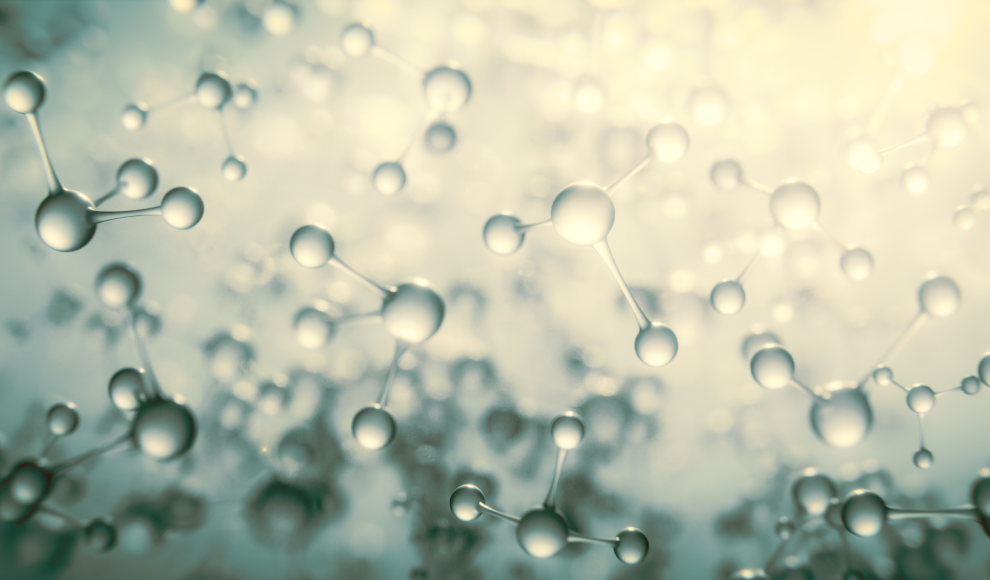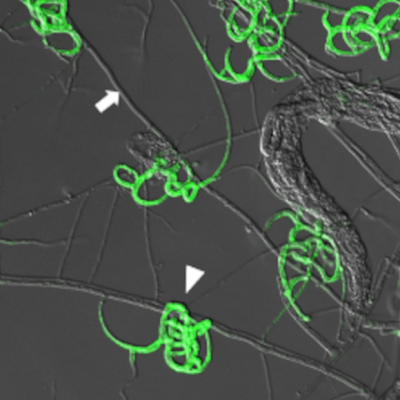Louis Pasteur discovered in 1848 that there are “mirrored” molecules that are chemically identical. The reason for the existence of these molecules has now been deciphered by scientists at Harvard University. In nature, there are both left and right-handed molecules, which can be distinguished from each other using polarized light. Although the molecules of lactic acid are chemically identical, the human body can only metabolize the right-handed version. The left-handed version takes longer to break down because the body does not possess the necessary enzyme.
Pasteur hypothesized that the Earth’s magnetic field could be responsible for the preference of one variant over the other. However, until now, scientists have not been able to explain the processes that led to this preference. The Harvard scientists used a study that showed specific peptides exclusively adhered to one of their two forms on magnetic surfaces, while the alternative was rejected. They also reported on a molecule called Ribo-Aminooxazolin (RAO), which can only bind to the corresponding molecule when it forms crystals in either a left or right variation. The researchers focused on whether only one of the two forms of RAO molecules could adhere to magnetic surfaces. Surprisingly, one of the forms was preferred 60% of the time.
Although the details of the process in nature are still unknown, the experiment provides important insights. The magnetic field used during the study was 6,500 times stronger than the Earth’s magnetic field, which would have been unlikely even on an early Earth. However, experts consider the results a significant breakthrough, and self-organizing effects could help to amplify this effect. Once an RAO crystal is present, it could organize RNA components, resulting in other metabolic molecules existing only in a specific left or right-handed form, including lactate.










